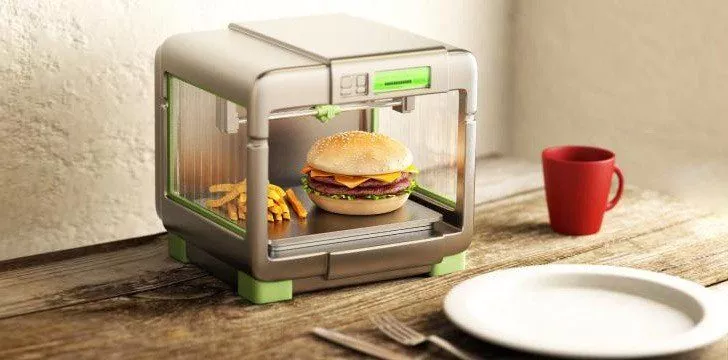Throughout our lives, innovations in food-related technology have always seemed to be something that has taken a bit of a back burner.
Communication, storage, vehicles, construction, and numerous other fields always seem to have the big breaks, the new gadgets, and gizmos that everyone rushes for, and they seem to then get combined where possible with our same-old kitchen gadgets; smart fridges, cookers, or microwaves, etc.
Here we’re going to look at some ideas that are actually new innovations in food technology.
They seem to focus, as everything does, on lowering calories, cutting time, knowing what’s in our food and how I can possibly use it with my phone.
So without further ado, let’s begin.
3D Printing Food
Lynne Kucsma, co-founder of Natural Machines, the maker of Foodini, the 3D printer mentioned later has explained the major positive of 3D printing food “You might ask, why would you want to print that? You can get that in the supermarket.”
The point of the technology is to help lower the hidden ingredients of food; the preservatives, salt, and oil, all found in packaged food.
The idea of 3D printed food doesn’t exactly get you salivating but eventually, it’ll be a vital tool in numerous culinary areas including space travel!
The Foodini is a perfect example of the everyday possibilities for the home kitchen.
The user blends the ingredients and the printer can print the desired shape including burgers, pizza, and desserts although currently, it doesn’t take all the labor out of making a meal, plans are in place so that the device will cook the food as well.
Large organizations are even seeing the potential; Hershey’s for example has started exhibiting the CocoJet 3D printer to print intricate chocolate designs through the use of an iPad.
The printers are even helping to reduce carbon emissions and save animals by producing essentially meatless meat, this can, of course, be a significant use for the technology, Modern Meadow is already utilizing this idea.
NASA is trialing the use of 3D printers to make meals for astronauts in space including a pizza.
Food Scents & Mobile Plug-ins
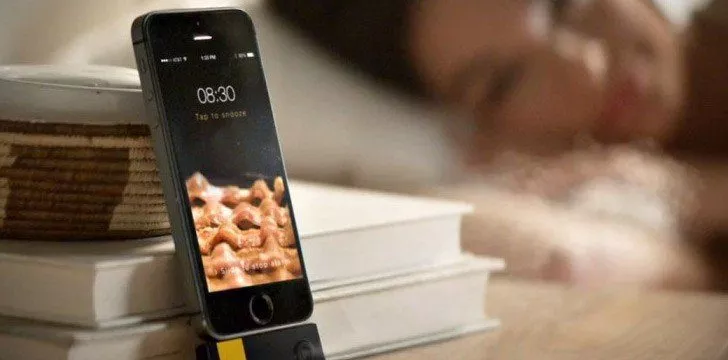
When you pair scent with food and food experiences it becomes an interesting concept.
In regard to food, around 80% of so-called taste actually smells, so from this, we can obviously see replicating the smell will have great benefits to replicating the taste without the actual consumption of the product.
This idea will be vital when it comes to dieting, spraying scents, or playing sounds whilst eating low-calorie or blander foods have been proven to improve taste and quality which of course transforms the food and makes up for the drastically lower taste.
Oscar Mayer has even cottoned on to the potential, the “wake up and smell the bacon” campaign combines a dongle that plugs into the iPhone’s headphone jack and an app to emit the smell of cooking Bacon when your alarm goes off.
Robotic Staff in Restaurants
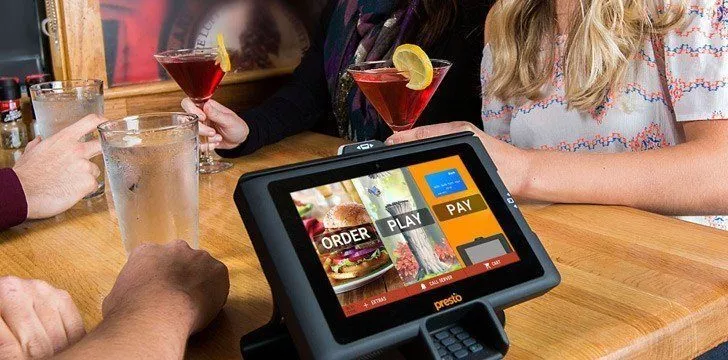
Waiting for your meal can ruin an entire evening, even waiting for the order to be taken can be bad, especially when they’re busy, so the chance of potentially wiping this out sounds nothing but great in my opinion, and apparently many people agree.
Robotic waiters are being used across the world as an alternative to the conventional human counterparts.
In one China-based restaurant in Harbin province, dishes are prepared by robot chefs and delivered to the table by robotic waiters.
Although actual robots seem a wonderful idea, even something as simple as a tablet is being used to great effect.
The restaurant chain Applebee’s has rolled out 100,000 Presto tablets, powered by Intel, across their restaurants to drastically lower ordering times, food delivery, and paying their bill.
Apps and Infrared (IR)
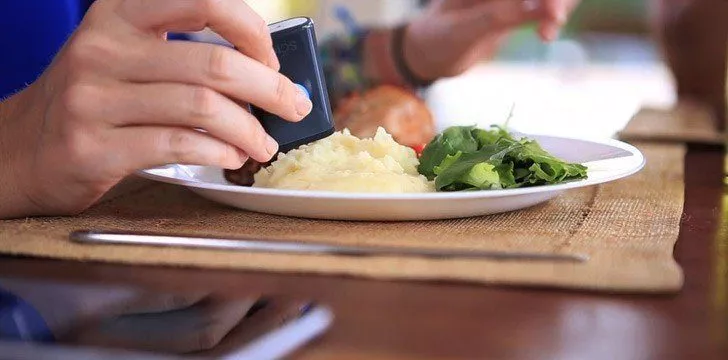
Whether it’s for ordering food online, finding out recipes or learning what’s actually in our food, apps are undeniably affecting the way we eat.
So many big restaurants have apps that allow you to order your takeaway and have it delivered without having to make a call including Domino’s and apps like Grab & Uber.
More in-depth apps are getting to grips with every day food consumption.
Some apps are using image recognition software so users can snap their meal and then the app identifies the food, the weight and calorific value.
Obviously this technology is limited to shapes and colors and lower calorie or vegetarian alternatives may not be detected.
Companies like Consumer Physics are working on a more high-tech way of identifying food.
They’ve created a food scanner called SCiO that uses near-IR spectrometry.
The SCiO directs a near-IR beam at food which bounces back, is then analyzed to work out the foods make-up and displays the nutritional details on an app.
Each group in the food molecules (like water and sugar) absorbs different parts, to differing extents, of the near-IR spectrum which is how the app determines the content of the food.
Virtual Reality Combines with Food Science
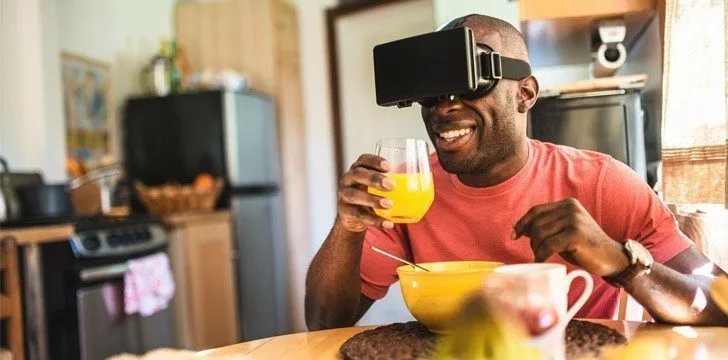
Virtual reality seems to be creeping into every aspect of life, from gaming to leisure, Project nourished are utilizing the opportunities to corner the culinary market.
With the slogan “What if you can eat whatever you want without regret”, they have a completely unique way of dining, allowing you to experience it like never before.
All the sight, smells and feels you associate with your favorite, most indulgent and forbidden foods, without any of the calorific or health downsides.
It works by combining a virtual reality headset, an aromatic diffuser, a bone conduction transducer; a device that virtually transfers sounds a diner’s mouth makes when chewing food to their ear drums!
It even uses a gyroscopic utensil, 3D printer; for low calorie foods for texture, and even a virtual cocktail glass that will mimic the feeling of being drunk!
Technology has improved every area of our lives so far; communication, writing, work, health and environment and now it seems to be integrating and pushing the boundaries in food.
3D printing, especially for the home, will be a huge leap for shortening meal times and streamlining the process.
Scents, apps and virtual reality will all be unbelievably efficient for those trying to diet.
Restaurants try to pass of the use of technology as a way to “enhance the dining experience” but they never say how many of the over 2.3 million US waiting staff and other jobs are lost from their integration.
The appeal of slim-lining the wage bill is of course there, it’s a business after all, and diners like to deal with staff as little as possible, something I was even guilty of admitting earlier, but no one ever thinks about the potential negative side.
Overall, technology of course is astoundingly useful but we have to assess the issues that can arise from it.
Having said that… having any food at the push of a button does sound spectacular!
